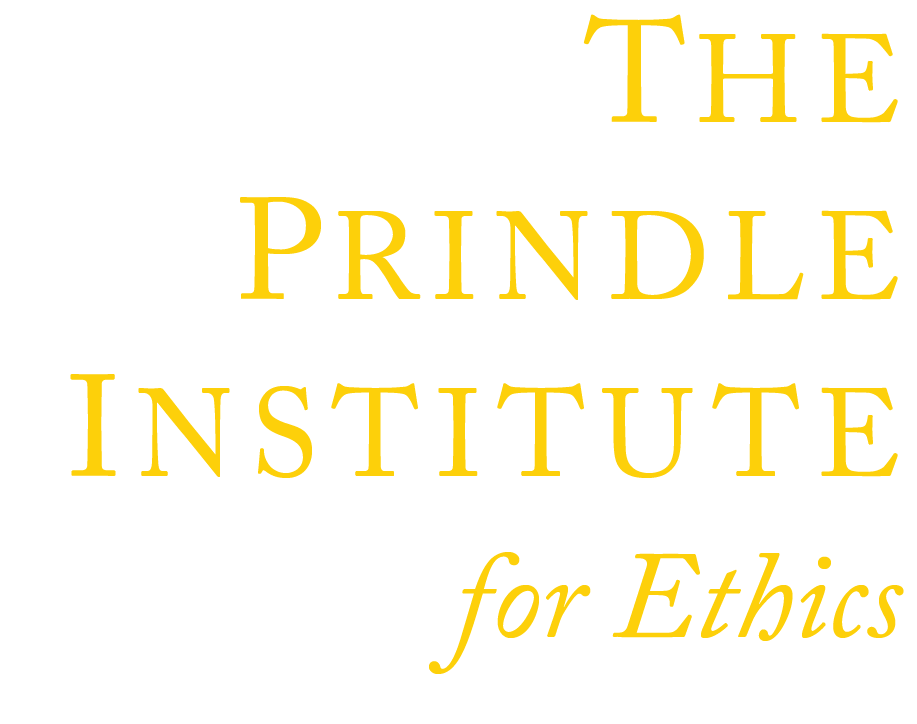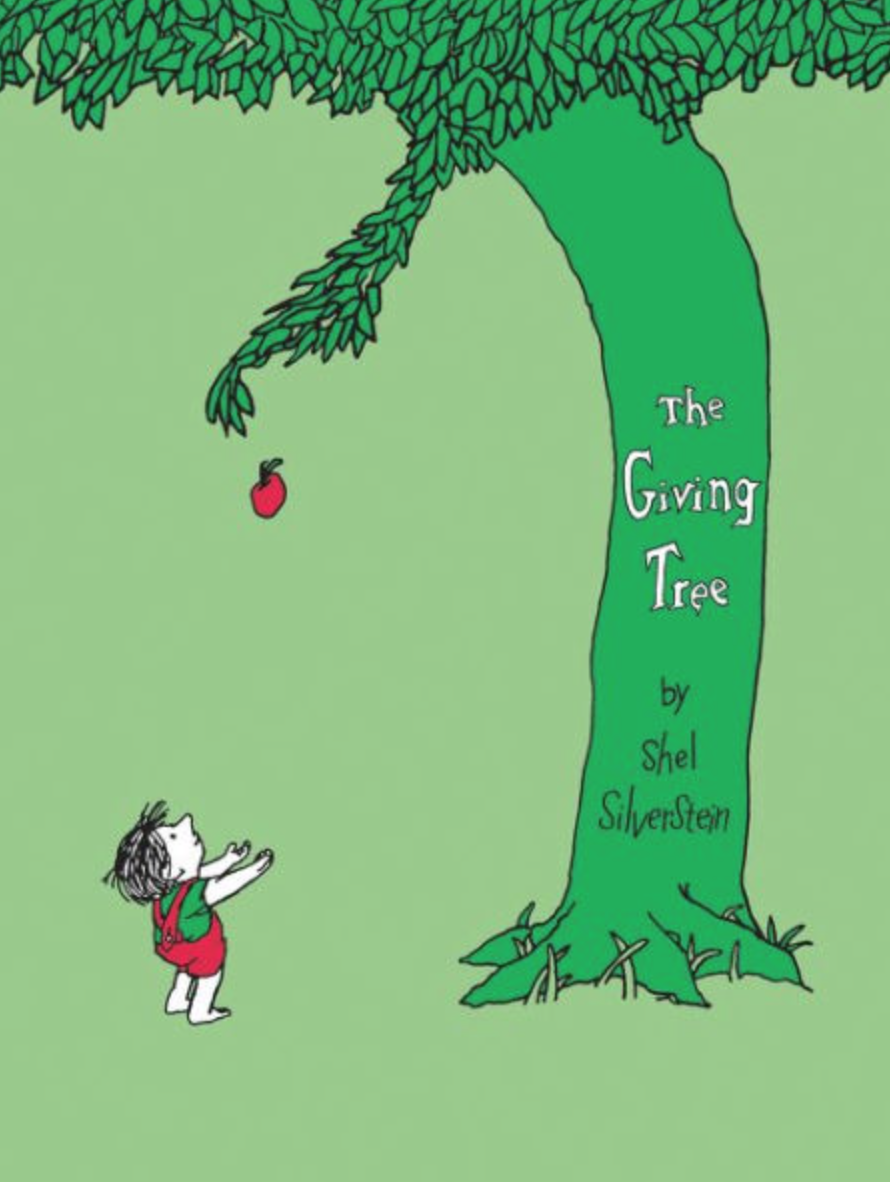The Giving Tree
Book Module Navigation
Summary
The Giving Tree considers the nature of altruism and the obligation to give of oneself in a relationship.
Once there was a tree who loved a little boy. Every day the boy would come to the tree to eat her apples, swing from her branches, or slide down her trunk… and the tree was happy. But as the boy grew older he began to want more from the tree, and the tree gave and gave.
Read aloud video by Storytime with Miss Jeannie
Guidelines for Philosophical Discussion
The question of the appropriate relationship that human beings should have with nature is raised by the story of a young boy and a tree in Shel Silverstein’s The Giving Tree. In it, the boy’s relationship with the tree undergoes a series of transformations. Each stage of this transformation process represents simultaneously a stage of human growth and the resources available to fulfill the human needs and desires of that stage.
For a long time, following the lead of the Bible, philosophers believed that humans had dominion over the natural world. What that meant was that human beings could do with natural objects whatever suited their purposes. All such things were simply for them. But especially in the latter half of the twentieth century and into the twenty-first century, as the devastating results of such an assumption have become more and more apparent, philosophers are attempting to articulate what they see as a more appropriate human relationship with the natural world. One popular suggestion is that humans should regard themselves as stewards of a world that ought to remain intact as it is for our descendants. The exact nature of such a stewarding relationship has been much debated, as has the question of whether the natural world itself has rights that humans ought to respect.
Questions about the appropriate way for humans to treat natural objects are cogently presented by The Giving Tree. The goal in discussing this book with children is to get them to think about how humans should treat natural objects by focusing on how the relationship that the boy has with the tree at different stages of his life changes. At first, although the boy uses the tree and its various features as a source for his enjoyment, he does so in a way that does not harm the tree. We might characterize the relationship this way: The young boy respects the tree and its integrity. But in the three next stages–that is, as a young man, a young adult, and an adult–the boy’s relationship takes a more and more destructive course as he first takes the tree’s apples to sell, then cuts down the tree’s branches, and finally takes its trunk. When the boy returns as an old man, he takes up a less invasive relationship with what remains of the tree–its trunk–and simply sits on it and rests. By discussing precisely what type of relationship with the tree is appropriate and why, the children will begin to address fundamental questions in environmental ethics.
Questions for Philosophical Discussion
Giving and Altruism
The tree keeps on giving to the boy until it has nothing left to give. The boy on the other hand does not give anything to the tree.
- Do you think the boy is selfish? Why or why not?
- Is there a word for someone who keeps on giving without thinking about themselves or expecting something in return?
- Why do you think the tree is not happy after giving the boy her trunk?
The Nature of Giving and Gifts
In the story, the tree gives the boy many gifts.
- Have you ever given something away and later wished that you hadn’t?
- Is it easier to give something away if the receiver truly appreciates the gift?
- When you give something to someone, do you expect something in return?
- When you are given something, do you feel that you owe something to the person who gave you the gift?
- Would you give something you really need to someone you love if they really need it, too?
The Nature of Love
Early in the book, we read that the tree loved the boy.
- Why do you think the tree loved the boy in the beginning?
- Why do you think the boy loved the tree?
- Are the two “loves” the same type of love?
- Do people need to have a reason to love someone?
- Do you treat people that you love differently from the ones that you don’t?
- When you love someone, how do you show him or her that you love them?
- Have you ever been angry with someone you love because they went away for a while or because they did something you did not like?
- Can you be angry with someone and love them at the same time?
Happiness
The tree is not really happy after giving the boy her trunk.
- Is the boy happy at the end of the story?
- Is the tree happy?
- If you were the tree would you be happy? Why?
- Have you ever done something just to make someone happy?
- Does doing things to make others happy make you happy?
- Do you need others in order to be happy?
- Do you need a reason to be happy, or can you be happy for no reason at all?
- Can you be happy and sad at the same time?
Original questions and guidelines for philosophical discussion by Thomas Wartenberg. Revised by Jayme Johnson. Edited June 2020 by The Janet Prindle Institute for Ethics.
Find tips for leading a philosophical discussion on our Resources page.
Activity Suggestion
Have the students draw or write something that they think the old man could have done with the stump that would have been better than just sitting on it.






